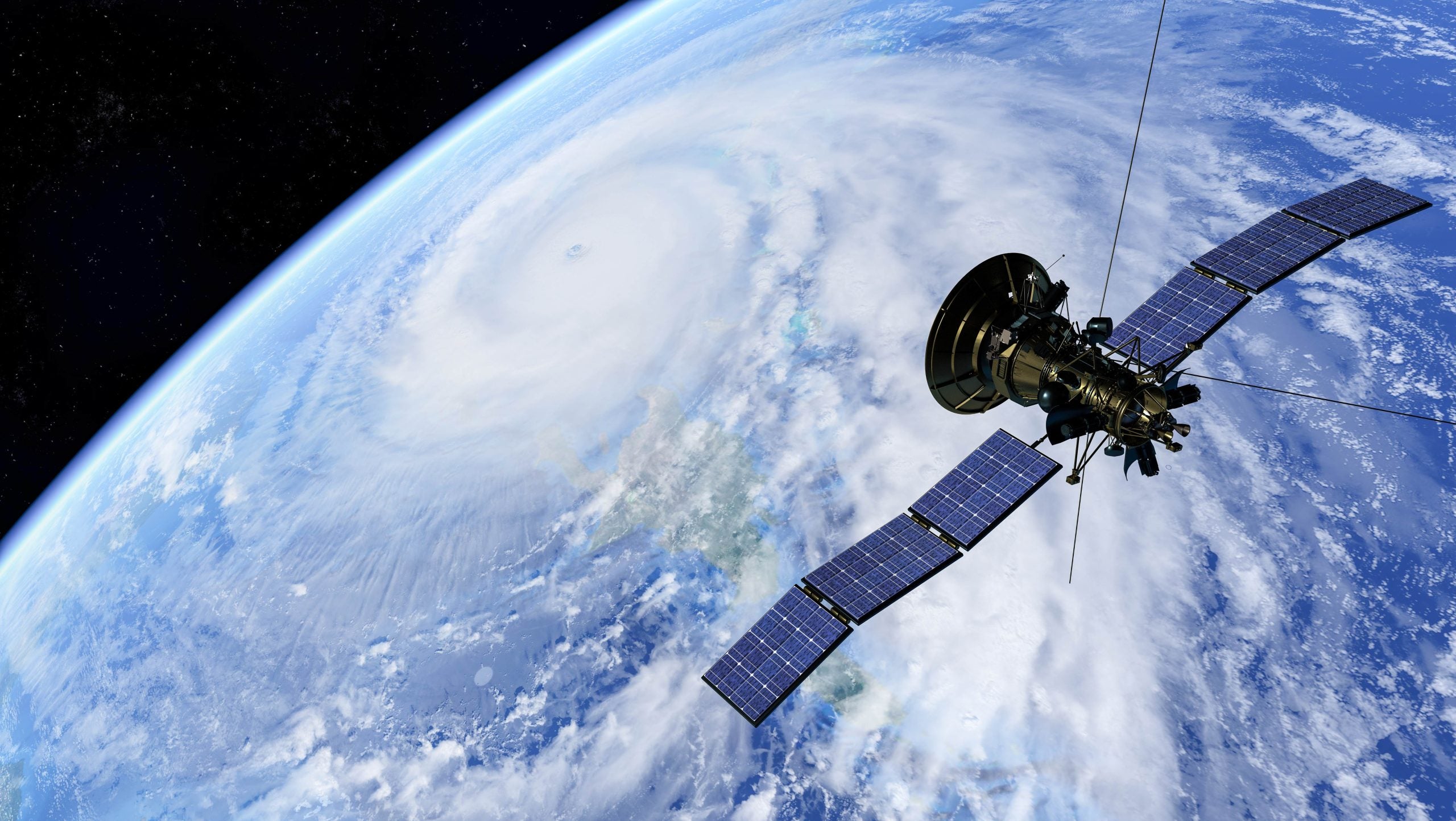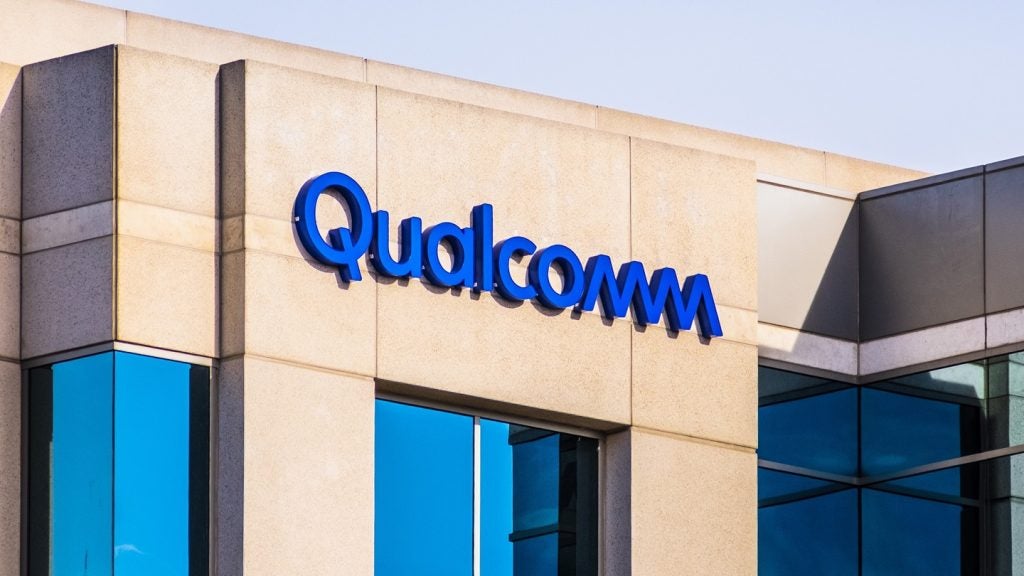
Space debris targeted by the European Space Agency (ESA), for their debris removal mission, has collided with another piece of debris.
On Tuesday (22 August), the US 18th Defense Squadron identified new debris around the payload adapter VESPA, a structure used to connect orbiters to their launch vehicles. VESPA is residue from the 2013 launch of a European Vega rocket.

Access deeper industry intelligence
Experience unmatched clarity with a single platform that combines unique data, AI, and human expertise.
The new debris surrounding VESPA, which is being primed for removal by ESA, is thought to be the product of a collision with an untracked object which splintered the adapter.
As part of its ClearSpace-1 mission, forecasted for 2026, ESA will launch the first-ever mission to remove a derelict object from orbit.
ESA procured the Clearspace-1 mission as a service from Swiss start-up ‘ClearSpace’.
In a statement, ESA wrote: “To minimise the number of fragmentation events, we must urgently reduce the creation of new space debris and begin actively mitigating the impact of existing objects.”

US Tariffs are shifting - will you react or anticipate?
Don’t let policy changes catch you off guard. Stay proactive with real-time data and expert analysis.
By GlobalDataDebris orbiting the earth has increased exponentially in recent years, due in part to successive SpaceX’s Starlink Satellite launches. In June, ESA estimated that there are one million space debris objects between 1cm and 10cm in size currently in orbit.
Two weeks ago Russian rocket debris falls from space over southern Australia. The debris was the third stage of a Soyuz rocket which launched a Glonass navigation satellite earlier that same day.







